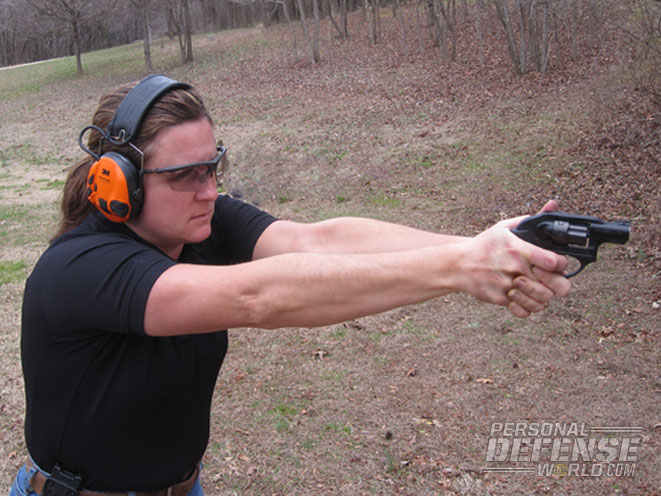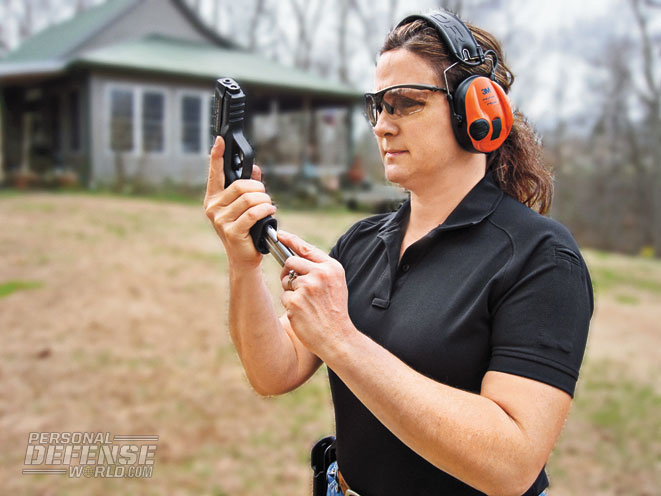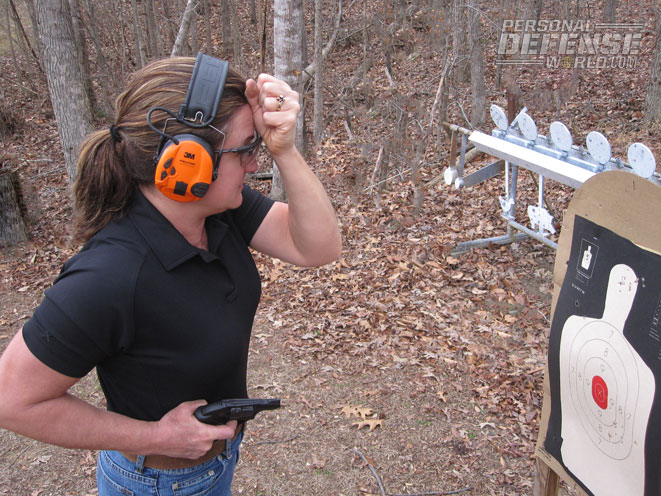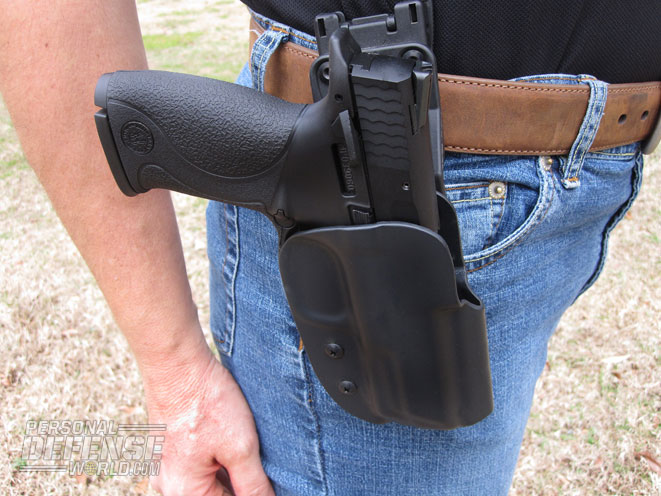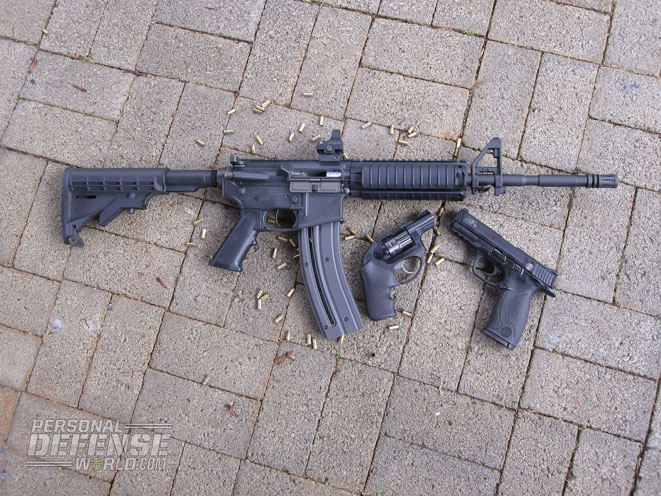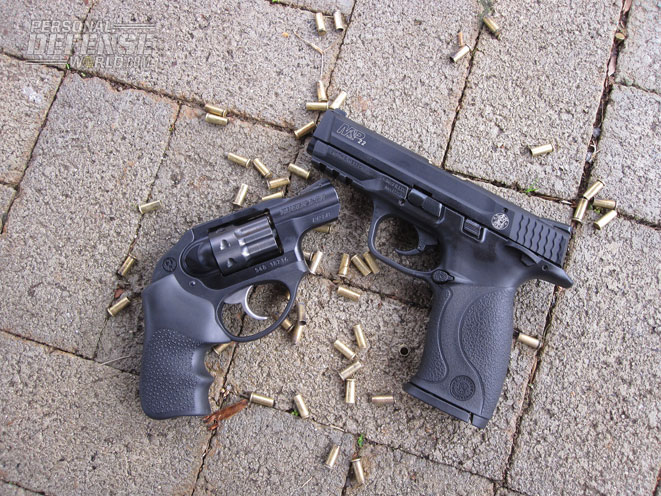As a child, learning to ride a bicycle was a multi-step process. A tricycle was my first ride. On it I learned how to pedal myself from Point A to Point B, and how to use the handlebars to steer and send me in the right direction. There were no brakes on that tricycle, just my feet. There weren’t many moving parts; it was just a simple tricycle. Once I mastered the fundamentals of pedaling and steering, I progressed to a bicycle with training wheels. It was similar, but now brakes were added and more balance was required. The time on the tricycle helped me to understand the basic ideas of cycling transportation. Now I had to learn how to manage a larger bike and balance. With some practice, those training wheels eventually came off.
Many times in firearms classes I have seen people trying to learn how to shoot with guns that they are not prepared to handle or manage. Beginners, as well as “gun people,” head directly to a two-wheeler without ever learning the mechanics and fundamentals on a lesser, more manageable bike.
Square One
Advertisement — Continue Reading Below
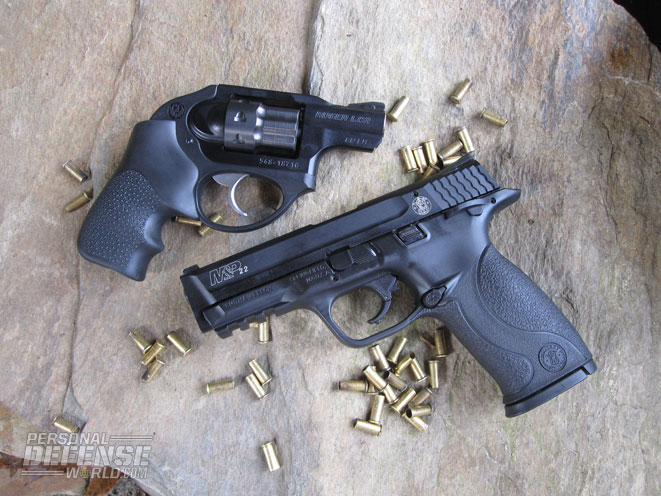
The fundamentals of marksmanship can be listed in a few different ways. Even if your list is different, I am sure we are on the same page. Handgun and rifle fundamentals include platform or stance, draw or presentation, sight picture, trigger management, breathing or breath control, follow through and recovery.
There are a variety of reasons why so many shooters end up with the wrong guns. At least wrong for them at that particular time. I’ve heard some real doozies over time, and it applies to both men and women alike: “My husband bought it for me,” “The guy at the store said it was the best,” “It was my father’s gun,” “My friend said I needed a big caliber to do the job” and “I liked how it looked.”
Many of these people have never even shot a pistol before but are now making expensive decisions. Undereducated and inexperienced, they attend a class to learn the fundamentals of marksmanship with a gun that is unmanageable and isn’t going to make learning fun.
Advertisement — Continue Reading Below
RELATED: 8 .22 LR Rimfire Conversion Kits
Usually it is a combination of factors that lead to a bad training experience. A poor choice of gun size often won’t allow new shooters to get the proper grip. Without a proper grip, they can’t control recoil. Combine that with large calibers, the controlled explosion and the big bang noise in front of their face and you get fear and flinching with every shot. All of it is a recipe certain to cause poor results and lifelong bad habits. If not identified and remedied, the student won’t be able to learn proper fundamentals and any time spent practicing or in a class is a waste of both time and money. For some, a bad experience can lead to them being too scared and disappointed to ever shoot again, even in a self-defense situation.
It can be easy to set family, friends and students up for success. You could even improve your own success. How? Build a solid foundation or solidify your foundation in the fundamentals using a quality .22 rimfire.
Advertisement — Continue Reading Below
Range Results
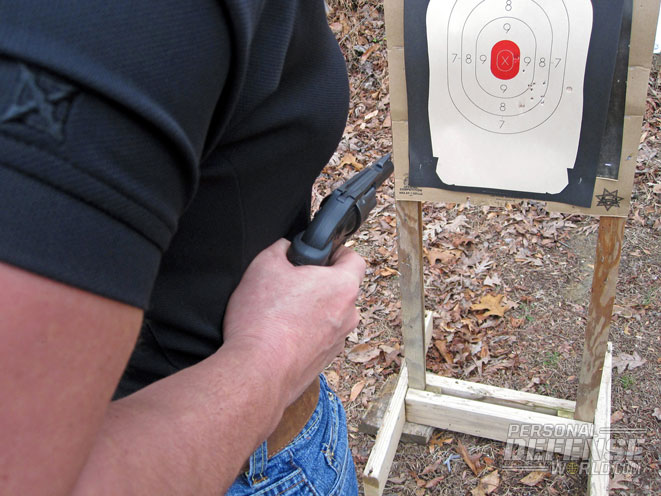
While attending a Babes With Bullets camp at the Rockcastle Shooting Center, I saw firsthand how successful using .22s for instruction could be. Everyone in the class, no matter what their level of experience, started with a .22 placed on the table in front of them, empty magazines and ammo next to them. By having all the students start this way, the instructors were able to see how the women performed the fundamentals. It was immediately obvious who needed to work on grip, who understood sight alignment and sight picture, who could manage a trigger and who needed more instruction. The great part about doing this with .22s was that the instructors were able to see how each student shot without the influence or distraction of a large-caliber gun. Once everyone shot, we were separated into groups: those who moved to their own guns and those who continued to work on the fundamentals with the .22s. Eventually, we all came together, with everyone having a better understanding of what it takes to hit a target.
RELATED: Top 5 1911 .22 Pistols
Advertisement — Continue Reading Below
Rimfires are not only a good tool for learning fundamentals as they apply to handguns, but they can also do a lot for the long-gun shooter, too. Fundamentals change, even if only slightly, from handguns to rifles. Very seldom does BRASSF come to mind when training with a handgun, but with a rifle it often does. BRASSF stands for the old military acronym for “Breathe, Relax, Aim, Stop, Squeeze and Follow Through.” Until I started shooting long guns in .22 caliber, it was very hard for me to get the “relax” part.
From the AR-15 platform to bolt-action rifles, I have had more fun and learned so much more by shooting them in .22 rimfire. My first formal long-gun experience was with my husband as he taught an AR-15-style carbine class for a group of civilians. With little experience at that time, I was truly averse to the sound and recoil of the .223/5.56mm caliber guns. The muzzle blast and percussion from those around me were enough to cause me to shy away from this type of training. Outfitted with a physically and functionally correct AR-15 in .22 rimfire for the class, I was ready. Since I was only required to engage targets out to 100 yards, I was also well equipped. Not only did I learn how to operate and manipulate the AR-15 platform, but I also learned how to use a sling, iron sights and an optical sight. All the fundamentals, from precision shots requiring BRASSF to rapid-fire and positional shooting, were learned and practiced. This was all done without worrying about excessive muzzle blast, recoil and noise. Another great benefit was the cost savings between .22 rimfire and .223/5.56mm ammunition.
Set Up For Success
Advertisement — Continue Reading Below
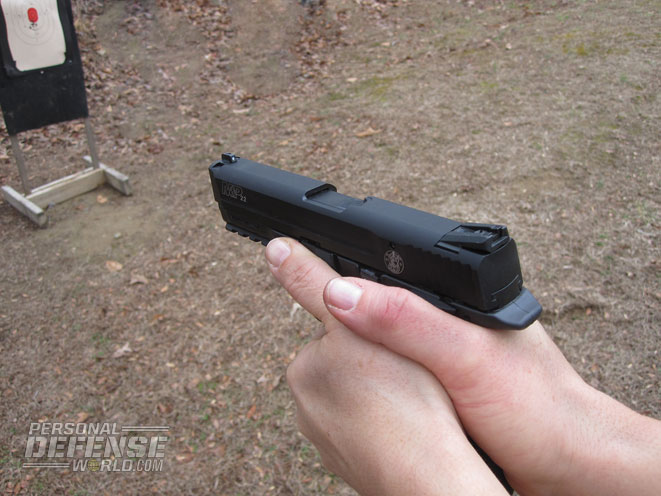
Spending time with family and friends on the range with .22s, whether formally or informally, is always a positive learning experience. Trigger management and grip can be learned with revolvers, semi-auto pistols and bolt-action rifles when you use your .22. Discovering what it takes to hit a target as well as why you miss is fun and cost effective when you use a .22-caliber firearm.
Whether the pistols or rifles you have are for self-defense, competition, target shooting or hunting, it is important to always keep up with the fundamentals. This might mean taking a class under the watchful eyes of an instructor, heading out to a range with some friends or plinking in your own backyard. Depending on how often you have a chance to partake in such activities, you may be finding that the cost and shortage of ammunition is lessening the excitement of getting to shoot.
Whether you are the student or the instructor, why not set yourself up for success when teaching, learning or practicing the fundamentals of marksmanship? Find a .22 that is a close match to the gun you already own, head out to the range and practice the fundamentals. Heck, why not bring some friends or family along with you?
Advertisement — Continue Reading Below
